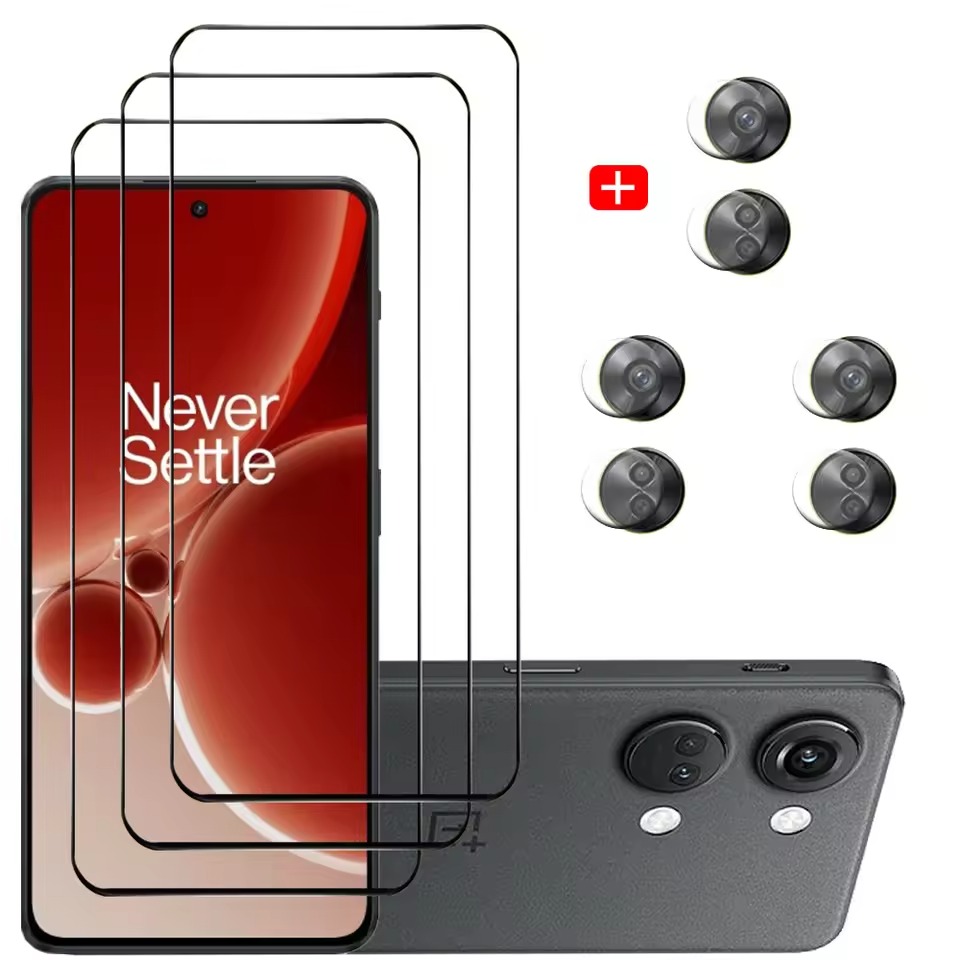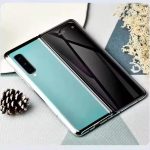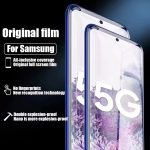The Common Problem of Bubbles
Screen protectors are a popular accessory for smartphones, tablets, and other devices, designed to safeguard the delicate display from scratches, cracks, and smudges. However, one common issue that users often encounter is the appearance of bubbles beneath the screen protector. These unsightly air pockets can be frustrating, not only because they mar the aesthetic appeal of the device but also because they can affect the touch sensitivity and overall user experience. This article aims to explore the causes of these bubbles, whether they will disappear on their own, and what steps you can take to remove them effectively.
Why Do Bubbles Form?
Bubbles form when air gets trapped between the screen protector and the device’s screen. This can happen during the application process if the surface is not thoroughly cleaned, or if the screen protector is not aligned correctly. Dust, lint, and even small particles of debris can create gaps, allowing air to enter. Additionally, the adhesive used in screen protectors can sometimes trap air as it bonds with the screen. Understanding the root cause of bubble formation is crucial for finding effective solutions.
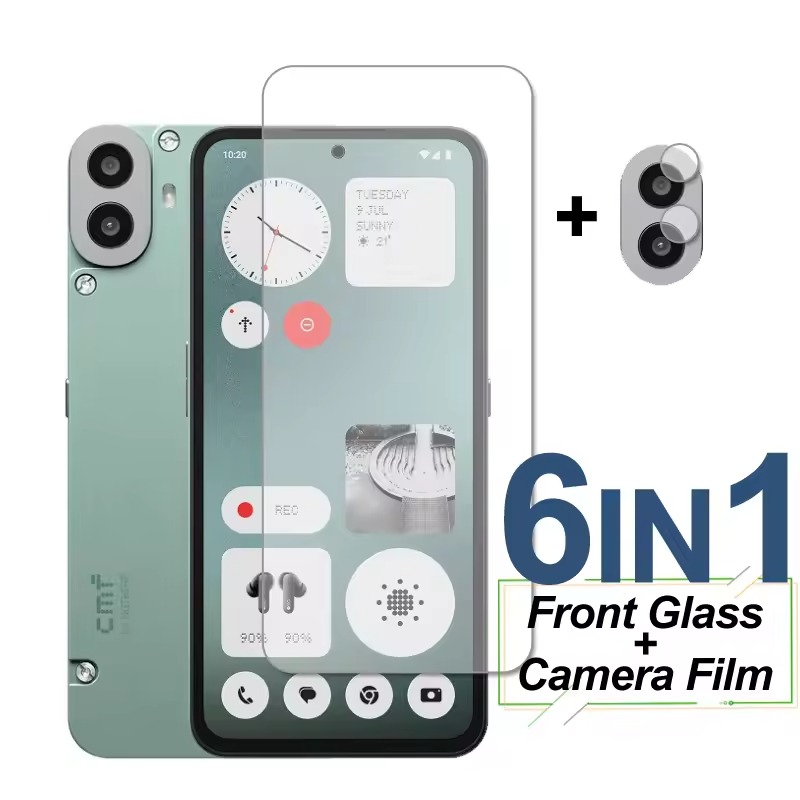
The Myth Debunked: Will Bubbles Disappear Over Time?
The Natural Disappearance of Bubbles
One common question among users is whether screen protector bubbles will disappear over time. In some cases, very small bubbles may gradually dissipate as the adhesive settles and the air is slowly expelled. However, this is not a reliable solution, and larger bubbles are unlikely to vanish on their own. Relying on natural dissipation can lead to prolonged frustration and potential damage to the screen protector, as the trapped air can cause the adhesive to weaken over time. It is important to address bubbles promptly to ensure the best performance and longevity of your screen protector.
Factors Affecting Bubble Dissipation
Several factors can influence whether bubbles will disappear naturally. The type of adhesive used in the screen protector plays a significant role. Some adhesives are more flexible and better at expelling air, while others may be more rigid and less likely to allow air to escape. Environmental conditions, such as temperature and humidity, can also affect the adhesive’s properties. Warmer temperatures can make the adhesive more pliable, potentially helping to reduce bubbles, but this is not a guaranteed solution. Overall, it is generally more effective to take proactive steps to remove bubbles rather than waiting for them to disappear.
DIY Solutions: How to Remove Bubbles Effectively
Using a Credit Card or Squeegee
One of the most common and effective methods for removing screen protector bubbles is using a credit card or a squeegee. Start by ensuring the screen is clean and free of dust. Peel back the edge of the screen protector near the bubble, and use the card or squeegee to gently push the air out from under the protector. Work from the center of the bubble toward the edges, applying even pressure. This method can be highly effective, especially for smaller bubbles. Be careful not to apply too much pressure, as this can cause the screen protector to shift or become misaligned.
Applying Heat to Soften the Adhesive
Another technique involves using heat to soften the adhesive, making it easier to remove bubbles. You can use a hairdryer on a low setting to warm the area around the bubble. The heat will make the adhesive more pliable, allowing you to gently press the bubble out with a card or squeegee. This method is particularly useful for larger bubbles or those that are stubborn and resistant to other methods. Ensure the hairdryer is not too hot, as excessive heat can damage the screen or the screen protector. Always test the temperature on a different part of the device first to avoid any risk of overheating.
Reapplying the Screen Protector
If the above methods do not work, or if the bubbles are extensive, it may be necessary to reapply the screen protector. Begin by carefully removing the existing screen protector, being cautious not to scratch the device’s screen. Clean the screen thoroughly with a microfiber cloth and a cleaning solution specifically designed for electronic devices. Once the screen is completely dry, align the new screen protector and apply it slowly, starting from one edge and working your way across. Use a card or squeegee to smooth out any air pockets as you go. This method, while more time-consuming, can provide a bubble-free and professional-looking result.
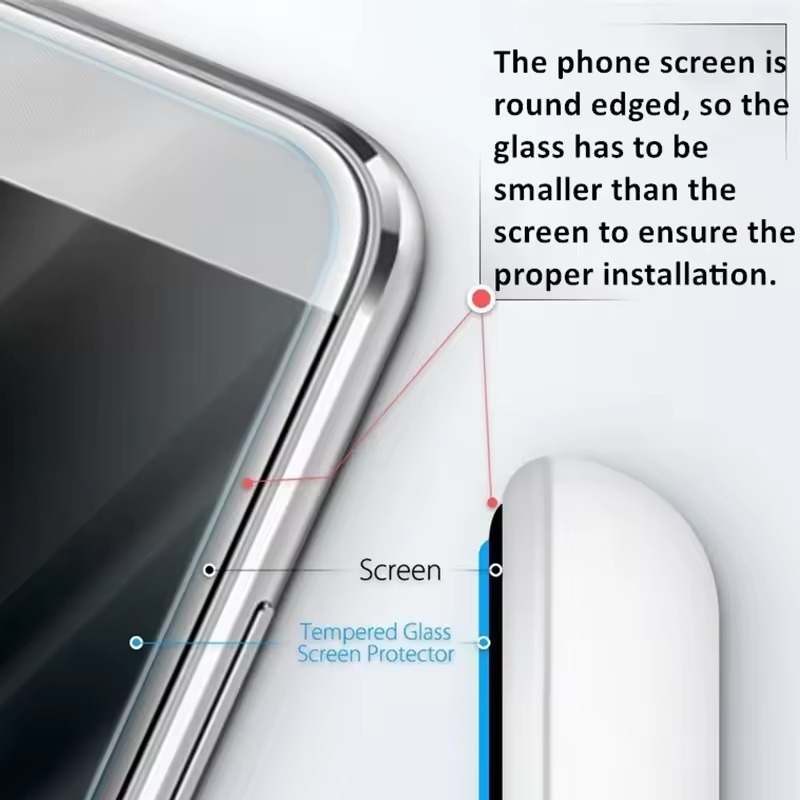
Preventive Measures: Avoiding Bubbles in the First Place
Proper Cleaning Before Application
The key to preventing bubbles is thorough cleaning before applying the screen protector. Use a microfiber cloth and a cleaning solution to remove all dust, fingerprints, and debris from the screen. Pay special attention to the edges and corners, where particles can easily hide. After cleaning, wipe the screen with a dry cloth to ensure it is completely dry. Any remaining moisture or residue can interfere with the adhesive and lead to bubbles. Taking the time to clean the screen properly is a critical step in achieving a smooth, bubble-free application.
Choosing the Right Environment
The environment in which you apply the screen protector can also impact the outcome. Choose a clean, dust-free area, preferably indoors, to minimize the risk of particles settling on the screen. Avoid areas with high humidity or drafts, as these can introduce additional challenges. If possible, use a fan or an air purifier to keep the air as clean as possible. Creating a controlled environment can significantly reduce the likelihood of bubbles forming during the application process.
Selecting High-Quality Screen Protectors
Not all screen protectors are created equal, and choosing a high-quality product can make a significant difference in avoiding bubbles. Look for screen protectors that come with a detailed application guide and tools, such as a dust removal sticker and a squeegee. High-quality screen protectors often have a more reliable adhesive that is less prone to trapping air. Additionally, consider the type of screen protector that best suits your needs. For example, tempered glass protectors are known for their durability and clarity, while plastic protectors may be more flexible and easier to apply. Research and read reviews to find a reputable brand that offers a good balance of quality and ease of use.
Advanced Techniques: Professional Tools and Tips
Using a Dust Removal Sticker
A dust removal sticker, also known as a dust absorber, is a handy tool that can help eliminate tiny particles before applying the screen protector. These stickers are typically included with high-quality screen protectors and are designed to pick up dust and debris from the screen. To use a dust removal sticker, peel it off and press it firmly onto the screen, then lift it away. Repeat this process several times, focusing on areas where dust is likely to accumulate. This simple step can make a significant difference in the final result, reducing the chances of bubbles forming.
Employing a UV Light Curing System
For those who want a professional-grade solution, a UV light curing system can be an excellent investment. These systems use ultraviolet light to cure the adhesive, creating a strong and durable bond between the screen protector and the device. The process involves applying the screen protector, using a squeegee to remove any initial bubbles, and then exposing the screen to UV light for a specified period. The UV light activates the adhesive, ensuring a secure and bubble-free application. While this method requires a bit more setup and equipment, it can provide superior results, especially for larger screens and more complex applications.
Seeking Professional Help
If you are still struggling with bubbles or prefer a hassle-free solution, consider seeking professional help. Many mobile repair shops and electronics stores offer screen protector installation services. These professionals have the tools and expertise to apply the screen protector correctly, ensuring a flawless and bubble-free finish. While this option may come at a cost, it can save you time and frustration, and provide peace of mind knowing that your device is protected. Additionally, many professional services offer warranties or guarantees, so if any issues arise, you can have them addressed without additional cost.
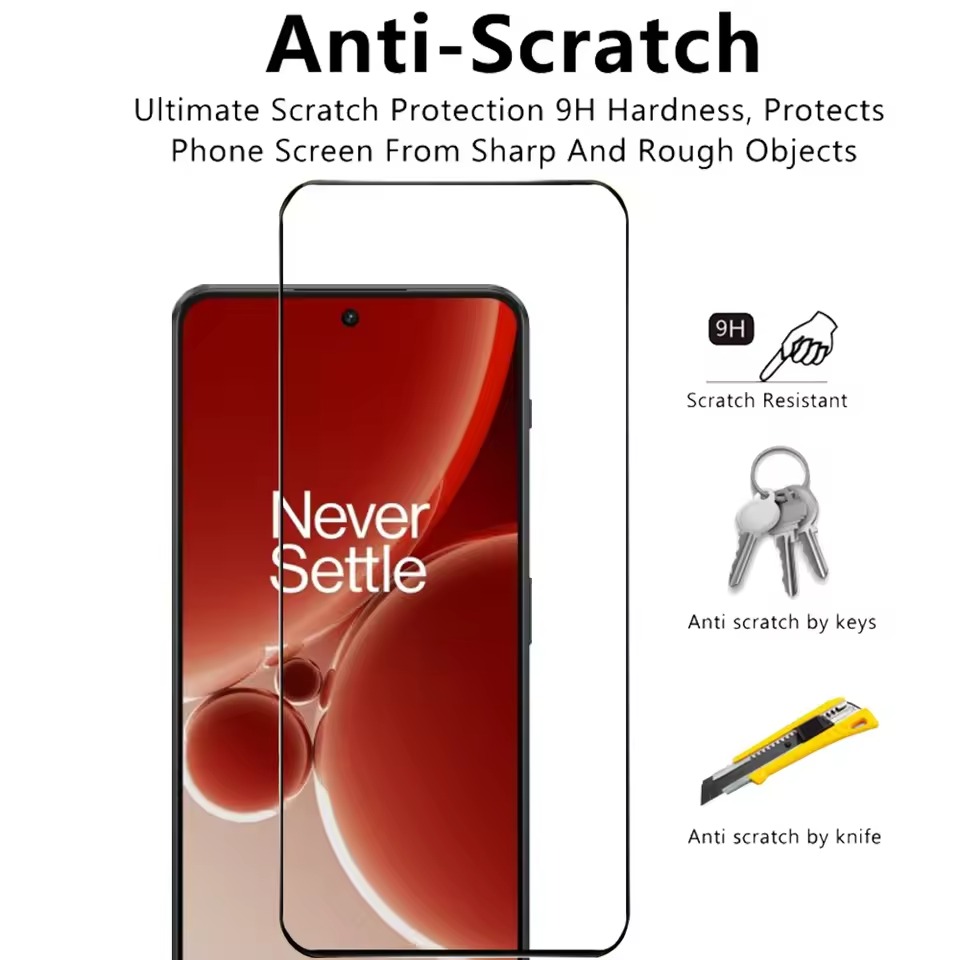
Conclusion: Maintaining a Bubble-Free Screen Protector
The Importance of Regular Maintenance
Maintaining a bubble-free screen protector is essential for both the aesthetics and functionality of your device. Regularly inspect your screen protector for any signs of wear, such as lifting edges or new bubbles. Addressing these issues promptly can prevent further problems and extend the life of your screen protector. Additionally, keeping your device clean and free of dust and debris can help maintain the integrity of the screen protector. By following the tips and techniques outlined in this article, you can enjoy a clear, protective, and bubble-free screen for your device.
Final Thoughts
In conclusion, while screen protector bubbles can be frustrating, they are not an insurmountable problem. Understanding the causes of bubbles, taking proactive steps to remove them, and implementing preventive measures can help you achieve a perfect, bubble-free application. Whether you choose to tackle the issue yourself or seek professional assistance, the key is to be patient and meticulous. With the right approach, you can enjoy the full benefits of a screen protector, protecting your device and enhancing your overall user experience.
